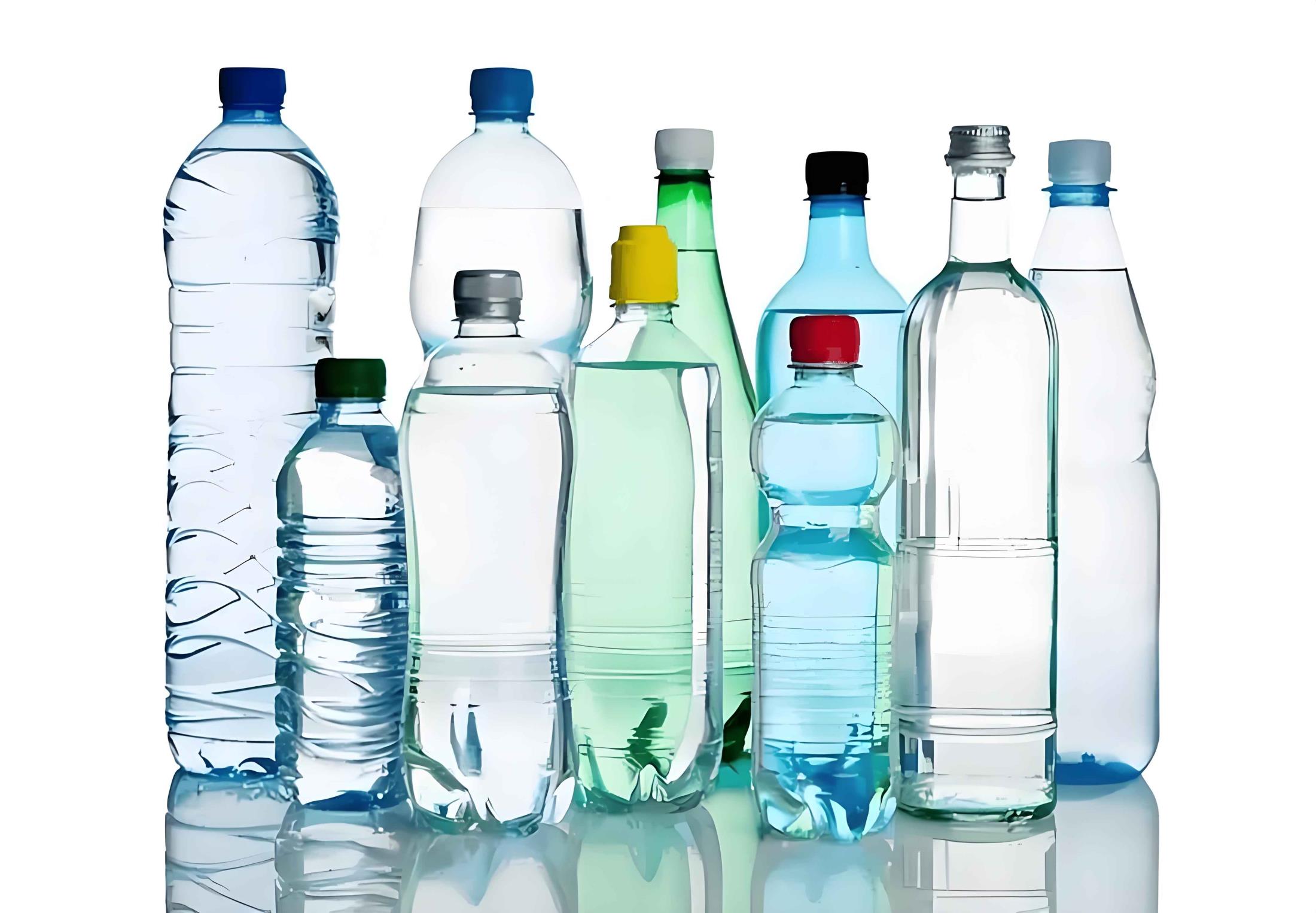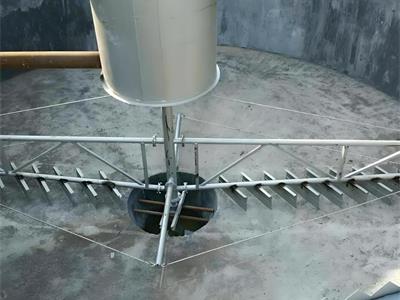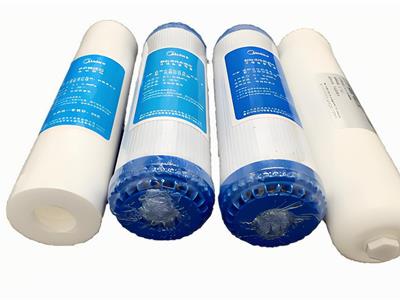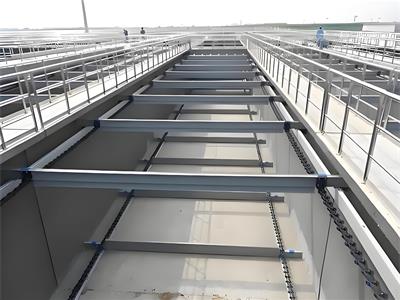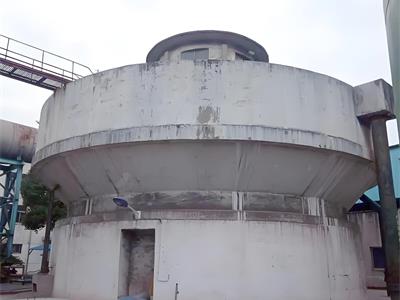- 2025-07-22
Bottled water treatment
Water source selection and pretreatment
Bottled water production begins with water source screening. Common water sources include groundwater, spring water, municipal water supply and seawater. The quality of the water source directly affects the quality of the finished water and production costs (municipal water sources account for more than 30%). All water sources must be certified by the national water quality monitoring agency. After comprehensive testing of organic/inorganic pollutants, a combination of reverse osmosis (RO), electrodeionization (EDI), ozonation and other processes are customized.
Core treatment process
Metal ion removal
Membrane filtration system (precision 0.1-0.01μm) efficiently removes odor-causing metals such as iron and manganese to ensure pure taste
Microbial control
Ozone treatment achieves triple effects:
Eliminate odor
Kill 99.99% of pathogenic microorganisms
Naturally decomposes into oxygen after reaction
Deep purification solution
Pure water production: adopt "RO+EDI+UV" triple barrier process, removal rate>99%
Natural spring water: Preserve freshness through 0.2μm precision filtration + ozone while retaining mineral properties
Key points for packaging water quality assurance
Risk factors Control measures
Ultraviolet degradation PET packaging stored in dark (<50klux)
Microbial regeneration 100-level cleanliness control in filling area
Consistency of taste Online real-time TDS monitoring (±5ppm)
Customized water treatment solutions
For beverage production characteristics (mineral balance/pH value/taste), recommended systems:
Commercial grade: brackish water RO system (capacity ≤5T/H)
Industrial grade: two-stage RO+EDI system (capacity 10-100T/H)
Quality verification advantages
Stability: FDA/EPA dual-standard certification testing system
Safety: total bacterial count <1CFU/100mL
Palatability: total dissolved solids (TDS) accurately controlled ±3%

